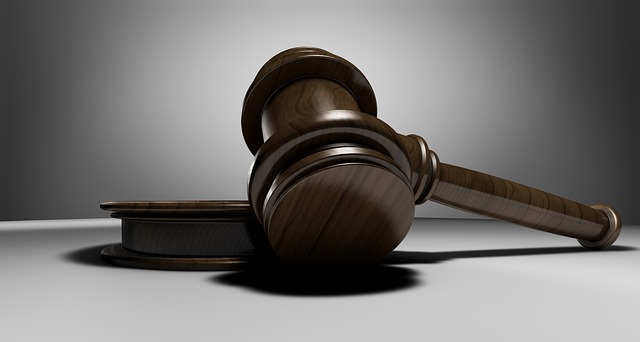Evaluating computer requirements for a legal practice involves understanding specific needs like robust hardware for document management, case research, and electronic discovery. Key components include powerful processors, ample RAM (16GB+), fast storage, high-resolution displays (Full HD or higher), and ergonomic designs to reduce eye strain during long work hours. Investing in appropriate law office equipment ensures accuracy and efficiency in handling complex legal data, multimedia content, and specialized software like case management systems and secure communication platforms. Future-proofing requires considering ports, connectivity options, and upgrade paths to accommodate a rapidly evolving digital landscape.
In the digital age, choosing the right computers and monitors is essential for efficient legal practice. This comprehensive guide helps navigate the complex landscape of law office equipment. We delve into evaluating specific software needs and setting performance benchmarks, selecting monitors with features tailored to case management and research, and strategic budgeting for long-term value. By considering these factors, lawyers can enhance productivity and ensure their technology infrastructure keeps pace with modern legal demands.
- Evaluating Computer Requirements for Legal Practice
- – Understanding the specific software needs of a law office
- – Setting performance benchmarks and specifications
Evaluating Computer Requirements for Legal Practice
When evaluating computer requirements for a legal practice, it’s essential to consider the specific needs of your law office equipment. Legal professionals often deal with extensive document management, case research, and electronic discovery, which demand robust hardware capable of handling large files and multiple applications simultaneously. A powerful processor, ample RAM, and fast storage are non-negotiable for smooth workflow and efficient case management.
Additionally, monitor quality plays a significant role in reducing eye strain during extended work hours. High-resolution displays with adjustable settings offer better visibility and comfort, enhancing productivity. Look for monitors with anti-glare coatings and ergonomic designs to support long-term use. Investing in appropriate law office equipment ensures lawyers and their staff can work effectively, maintaining accuracy and efficiency in their legal practice.
– Understanding the specific software needs of a law office
Choosing the right computers and monitors for a legal practice involves understanding the unique software needs of a law office. Legal professionals rely heavily on various applications, including case management systems, document editing software, e-discovery tools, and secure communication platforms. Therefore, it’s crucial to select hardware that can support these demanding programs effectively. The latest processors, ample memory, and dedicated graphics cards are often required to ensure smooth performance, especially when dealing with complex legal data and multimedia content.
Moreover, considering the specific software requirements of a law office means evaluating compatibility and integration capabilities. For instance, ensuring that new equipment can seamlessly connect to existing case management systems or accommodate specialized legal software is essential. This includes looking into ports, connectivity options, and potential upgrade paths to future-proof the law office’s technology infrastructure, which is critical in an industry where digital transformation is constantly evolving.
– Setting performance benchmarks and specifications
When equipping a law office, setting appropriate performance benchmarks is key to ensuring smooth and efficient operations. The right computers and monitors for legal practice should meet specific requirements, catering to tasks such as extensive document research, case management software usage, and often, multimedia presentation. Look for hardware capable of handling demanding applications without lag or delay; this could mean processing power in the form of a robust CPU, ample RAM (at least 16GB but preferably 32GB or more), and a dedicated graphics card for display tasks, especially if your practice involves visual aids during client meetings or courtroom presentations.
In terms of monitor specifications, consider resolution (Full HD or higher is recommended), color accuracy (important for reviewing documents and evidence), and refresh rate (ideally 75Hz or higher to prevent motion blur). Additionally, ergonomic features like adjustable stands and anti-glare coatings can significantly enhance comfort during long working hours. These considerations will not only contribute to improved productivity but also ensure that your law office equipment keeps pace with the demands of modern legal work.
When equipping a law office with computers and monitors, understanding the unique software requirements and setting appropriate performance benchmarks are crucial. By carefully evaluating these factors, legal professionals can ensure their technology supports their specific needs, enhances productivity, and provides a reliable foundation for efficient case management. Investing in high-quality hardware tailored to these demands is essential for any modern law office seeking optimal operations and client satisfaction.
